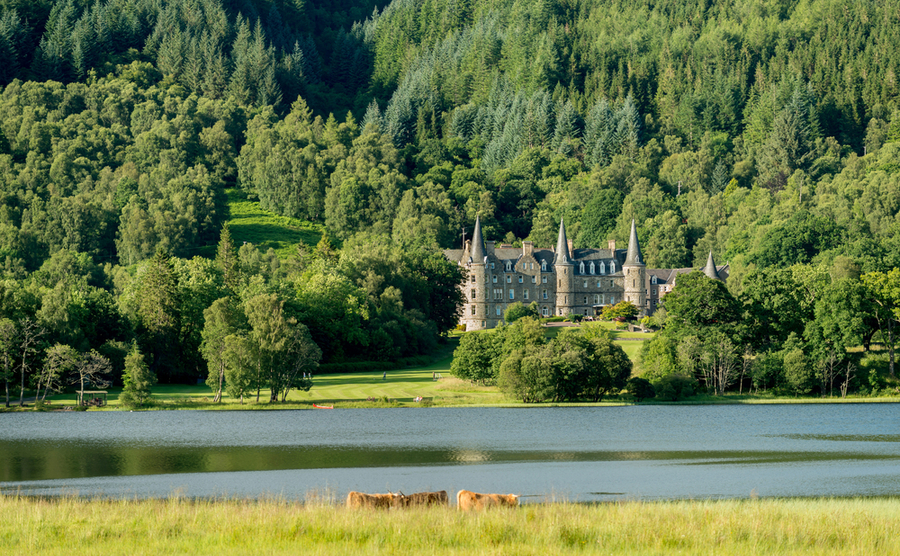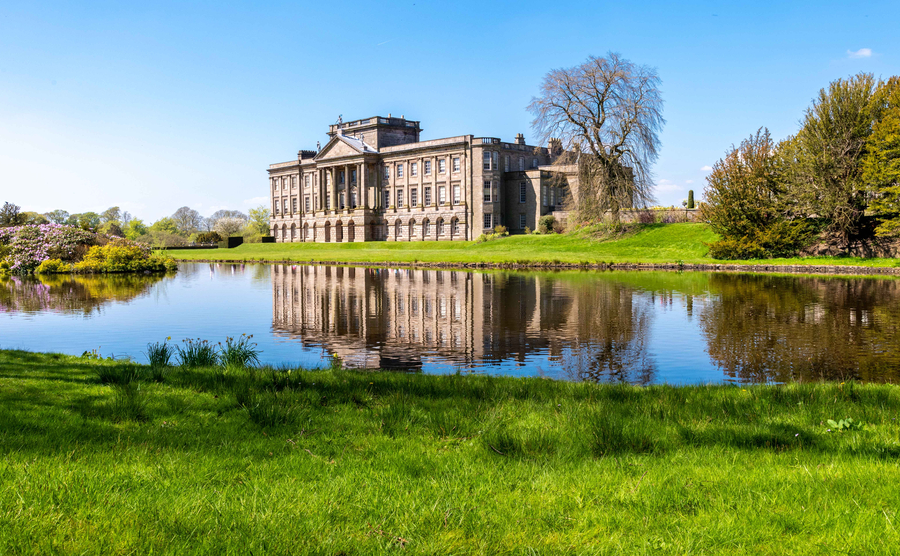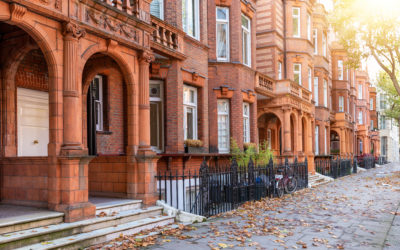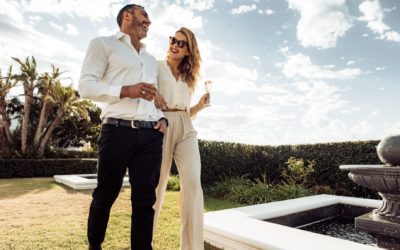I’m game if you are!
For outdoorsy types in search of a palatial bolthole geared more towards playing from home than working from home, a sprawling sporting estate could be the answer. Just ask the Royal family, who head to their Sandringham estate in Norfolk or Balmoral in Scotland when they want to enjoy the countryside!
Once the preserve of peers and aristocratic families who guarded them closely through the generations, these days a small trickle of sporting estates around the UK and in certain overseas destinations become available each year. It’s not unusual for these prestigious and often historic properties to never reach the open market, being sold privately instead.
Right now, conditions mean an uptick in interest is likely. Integral to a sporting estate (sometimes referred to as a hunting estate) is a vast amount of private land set up for field sports. Open natural space, an absence of crowds and plenty of things to do outdoors – can you think of a better environment for riding out Covid-19?
Sporting estates make an exciting addition to an international residential portfolio, both as a safe haven asset and for personal enjoyment. In normal, non-Covid times, owners are more likely to use them for entertaining and treating friends to action-packed weekends than for self-isolating.
Why a sporting estate?
For a property to be classed as a sporting estate, the first thing it needs to offer is field sports. Traditionally, this term refers to shooting, fishing and hunting, with equestrian activities par for the course. The type of shooting on offer, whether its grouse, pheasant or partridge, and the type of fishing, such as salmon or trout, will depend on the location and local topography. Hunting will usually be deer stalking.
Even the smallest estates will be at least 500-600 acres, while the most revered come with thousands of acres of remote untouched landscape. Whatever the size, the terrain needs to make shooting exciting and challenging.
For driven pheasant, this means plunging valleys mixed with a patchwork of strategically placed woodland for cover, while partridges get excited by undulating open fields, and grouse shooting requires sweeping heather moorland. Naturally, duck demands ponds or lakes, while snipe is suited to bogs.

An estate in Scotland
The length of the season varies depending on the type of bird, which means the more diverse an estate’s shooting, the more months you’ll be able to shoot there throughout the year. In Britain, for example, the grouse season runs from 12th August to 10th December, pheasant and woodcock from 1st October to 1st February, partridge from 1st September to 1st February, and duck 1st September to 31st January.
The best salmon fishing requires a long stretch of river frontage, while trout can also be in a loch. The most coveted estates have a combination of at least three or four different sports, whether it’s salmon fishing, stalking and grouse shooting in Scotland, or pheasant and partridge shooting with trout fishing in Exmoor in Devon.
Non-shooters are well catered for too – with a lot of private land at your disposal, your options include quad biking, horse-riding and even mountain-biking.
The accommodation
At the heart of every estate is the main house or shooting lodge – the classic example being a listed Georgian house, reached by a long majestic driveway and set in landscaped parkland. In Scotland, this could even be a castle.
Most have at least 8 to 10 bedroom suites to accommodate the owner and his ‘guns’ (guests) and their partners, a large kitchen and dining room with an open fire, a couple of reception rooms for entertaining and for real traditionalists, a snooker or games room for cigars and after-dinner brandies. These days, it’s not unusual to find a cinema, swimming pool, gym and spa!
Complementing the main house, you’ll need outbuildings to cater for the sports activities and land management machinery, including a gun room, workshops and tack room, as well as any farming activity that takes place. The traditional coach-house courtyard with stables is always a popular feature. Most estates will include a selection of cottages too, typically used to house all of the people working on the estate, such as the gamekeeper(s), gardener(s) and any domestic staff.

An English stately home
Where to look?
Unsurprisingly, Scotland has the UK’s richest pick of sporting estates. The Highlands, in particular, are at the forefront of demand on a national and international level. It is, after all, the cradle and go-to destination for the classic grouse-shooting, salmon-fishing and red deer-stalking combination. Although, some argue that estates in Northumberland and the border areas of England are as good.
Meanwhile, further south, the rural counties of Wiltshire, West Sussex, Devon, Somerset, Dorset, Leicestershire, Norfolk and Gloucestershire are hot spots for lowland estates, better suited to pheasant/partridge and trout fishing estates. In terms of prices, expect to pay up to £75m for the grandest estates in England, with the equivalent in Scotland costing up to £25m. Smaller, more down to earth ones can be bagged for £10m-£20m, with some options for less.
More exotic options abroad include Spain’s famous hunting estates. These are found predominantly in the remoter inland areas of Andalusia, in the Pyrenean foothills of Catalonia, and spread across the wilder, land-locked regions of Extremadura and Castilla-La Mancha. Many of these properties are still run as cattle ranches that also offer shooting, whilst others operate purely as hunting estates. Most have an abundance of deer and wild boar for hunting, while pheasant, partridge and quail are staples for shooting.
Or there is France, said to have more hunting estates than any other European country, many located in the central inland areas such as Sologne, Burgundy and Limousin.



